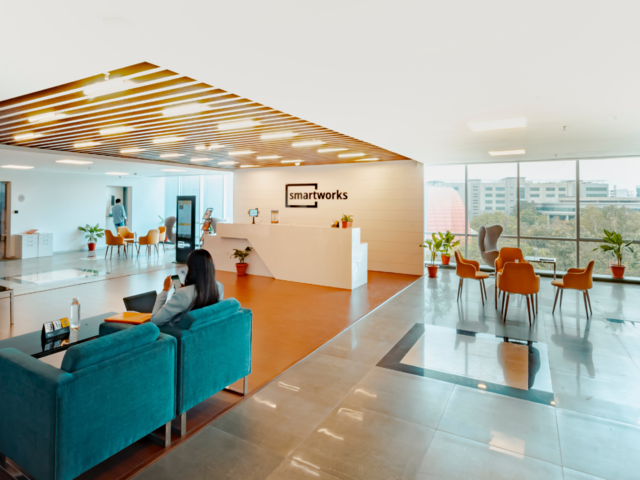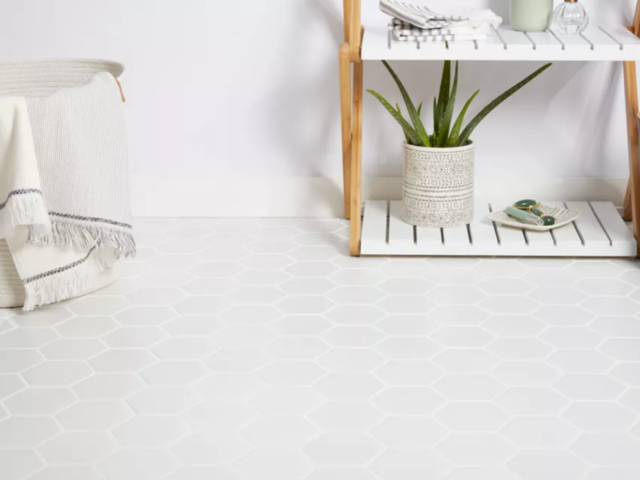How do you select the most appropriate finish for an installation? When you are starting out as an Interior Designer, you will need to familiarise yourself with a wide variety of products and how to use them appropriately.
This blog contains some great tips that will help you tackle the finish of your first few installations.
The installation finish isn’t always clear cut
Installations are usually divided into two categories: residential and commercial. But what if your brief doesn’t fit into either category?
For example, if you were designing a residential care home, you would have to look at the different requirements for this environment. Although it has a residential end-use, commercial and possibly healthcare considerations would also have to be met.
So, you’ll need to fully understand the requirements of the environment you’re working with.

Image source: Unsplash.
Taking a detailed brief will help
Using the specific details that you identify in the initial brief will help.
A home for a large family with lots of children and pets may require surfaces and finishes that provide the same durability as a commercial office because of the use they will get. Similarly, a high-end private office may require a more luxurious penthouse finish than a traditional office setting.
It’s essential that you fully understand the type of end-use, amount of use and activities taking place in the environment, as they will affect the specifications of the finish.

Image source: Unsplash.
Two key elements to consider: longevity and maintenance
When you’re selecting finishes for the installation, you’ll need to keep two important factors in mind:
-
The expected lifespan of the installation
-
The maintenance programme
Clients who expect to change their finishes within 5-10 years of installation will require a different level of finish to those who want to get 15-20 years out of the installation. The lifespan of the installation will vary depending on which products you choose.
For example, installing porcelain tile flooring would give a long lifespan, but it is costly and takes more time to install than other tiles. However, even inexpensive materials can have a long lifespan if they are properly cared for.
While it is important to choose a product based on what type of use it will get, maintaining the product will also make a difference in how long it lasts. So, a durable fibre in a strong weave may seem like a great fabric choice for a family on a budget. But once you factor in the regular dry-cleaning maintenance requirements, the costs add up.
Does your client have the budget for this level of maintenance? If not, then it won’t be properly maintained, which will affect the installation's longevity.

Image source: Margot Cavin / The Spruce.
It’s all about the brief
Like many decisions an interior designer makes, getting the correct specification is all about those initial meetings with the client.
By thoroughly understanding the requirements of the project and the long-term goals and aspirations of the client, you can determine the best materials to complete the installation.
Keep yourself grounded in the project objectives that have been set out by constantly returning to your brief, the concept statement and the concept board. This will help you make confident and informed decisions that will ultimately lead you to deliver a successful project.

Image source: Pexels.
Continue reading about interior design.
If you are looking to upskill or start a new career or interior design business, we have the right course for you.

